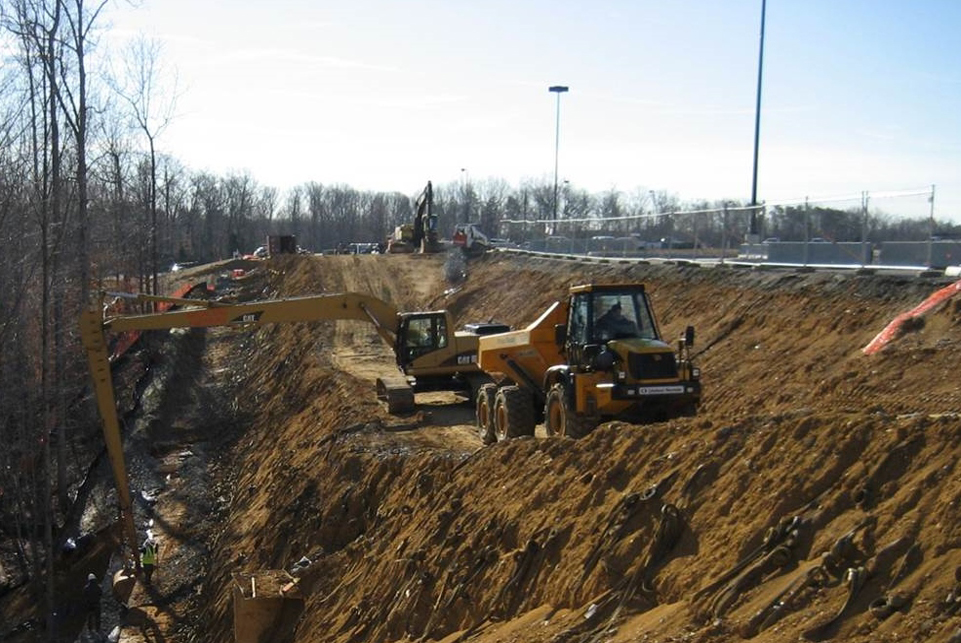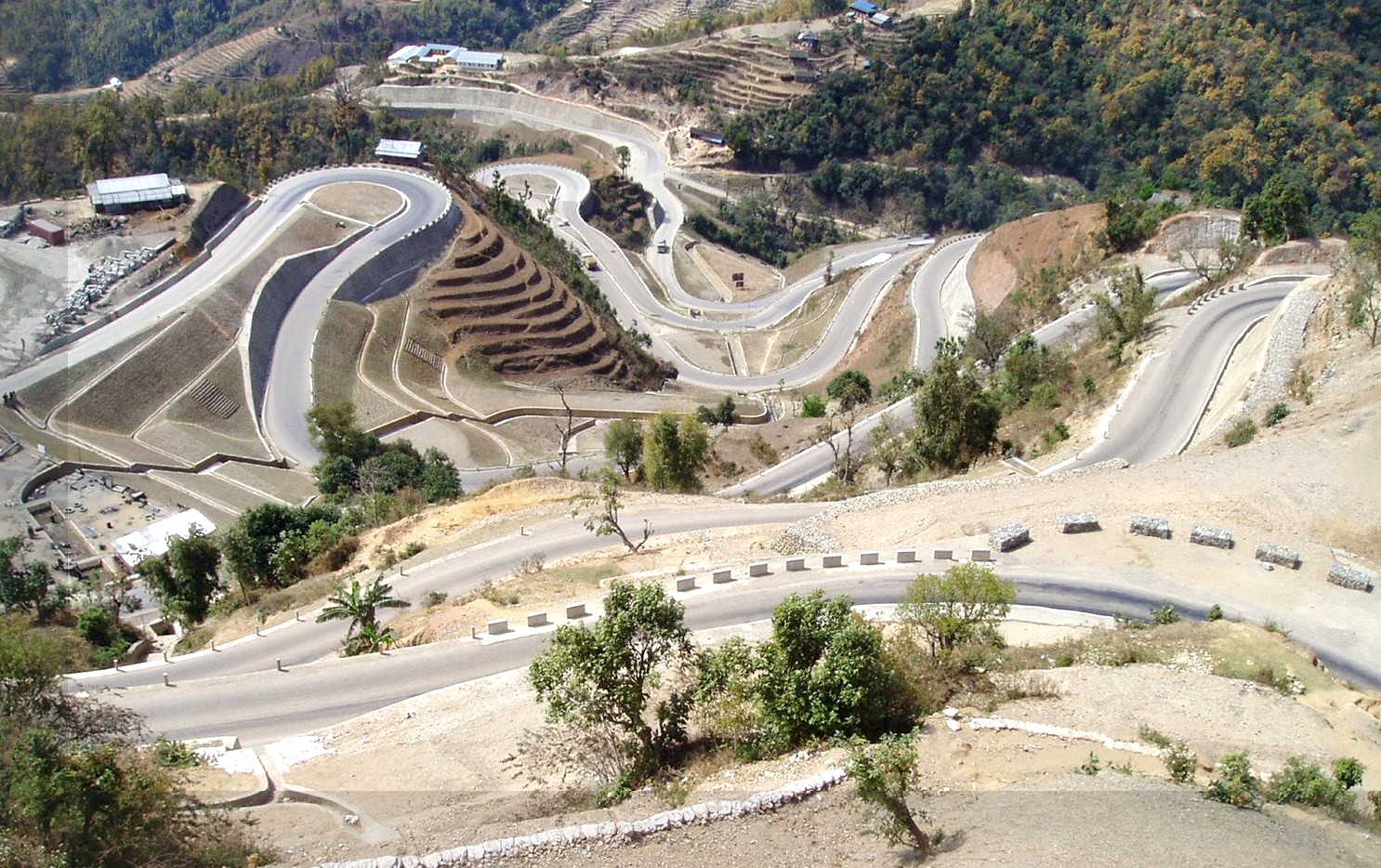Discovering the Conveniences of Geo Tech Engineering for Urban Planning
Wiki Article
The Important Contributions of Geotechnical Designers in Analyzing Dirt Behavior and Foundation Style for Sustainable Facilities Growth
Geotechnical designers work as a cornerstone in the realm of sustainable facilities advancement, where their experience in assessing soil behavior directly influences the security and durability of structures. By utilizing advanced techniques such as Basic Penetration Tests and Cone Penetration Testing, they meticulously evaluate dirt homes, resulting in informed decisions on structure layout. These analyses not just reduce risks related to differential settlement yet also lead the way for cutting-edge, eco mindful practices. As we explore the essential duty they play, the ramifications of their contributions raise important inquiries concerning the future of framework durability and sustainability.Duty of Geotechnical Designers

Along with website investigations, geotechnical designers review prospective risks such as dirt liquefaction, slope security, and groundwater issues. They use sophisticated design principles to develop options that reduce these threats, making sure that designs adhere to relevant codes and criteria. Their work often includes collaboration with other design self-controls, engineers, and environmental researchers to create integrated strategies to facilities growth.
Additionally, geotechnical designers contribute to lasting practices by promoting the usage of products and methods that decrease environmental effect. Via their comprehensive understanding of soil technicians and geology, they play an important function in cultivating safe, durable, and lasting framework that meets the demands of culture while safeguarding the atmosphere.
Dirt Actions Assessment Methods
Comprehending dirt behavior is essential to notified decision-making in geotechnical design, as it directly influences the style and building and construction processes. Various evaluation strategies are employed to evaluate soil homes, making sure exact forecasts of its efficiency under various loading problems.One primary method is the Conventional Infiltration Examination (SPT), which supplies understandings right into dirt thickness and uniformity via the resistance run into throughout infiltration. Cone Infiltration Screening (CPT) uses a constant profile of soil stratification and in-situ strength parameters, making it possible for an extra in-depth understanding of subsurface conditions.
Lab tests, such as Atterberg restrictions, unconfined compressive toughness, and triaxial examinations, are vital for defining soil actions under regulated conditions. These examinations promote the decision of vital parameters, consisting of shear leaks in the structure, compressibility, and strength.

Structure Layout Concepts
Foundation design principles are crucial for guaranteeing the stability and long life of frameworks, as they determine exactly how loads are transmitted from the superstructure to the underlying dirt. These concepts include different considerations, including load-bearing ability, negotiation, and lateral stability. A thorough understanding of dirt auto mechanics is vital for geotechnical engineers to evaluate the communication in between the dirt and the foundation.One key concept is the proper selection of structure kind, which may consist of superficial foundations, such as spread grounds, or deep foundations, like piles or caissons, depending upon soil problems and structural loads - geotech engineer. The structure should be designed to decrease differential negotiation, which can result in architectural damage

Lasting Facilities Practices
Exactly how can we efficiently integrate sustainability into infrastructure techniques? To attain this, it is crucial to take on an alternative approach that stresses the partnership in between geotechnical engineering and environmental stewardship. Lasting facilities methods begin with comprehensive website evaluations, which assess soil actions, regional environments, and resource schedule. By look at more info recognizing these elements, engineers can create styles that reduce ecological effect while optimizing product usage.Furthermore, using ingenious building and construction methods, such as using you could try these out low-impact structures and recycled products, substantially reduces the carbon impact of infrastructure jobs. Geotechnical designers play a critical duty in selecting ideal materials that improve resilience and sustainability, such as making use of geo-synthetics to improve soil security and reduce erosion.
In enhancement, sustainable facilities techniques require continuous monitoring and maintenance to make sure that frameworks stay resistant over time. This consists of applying flexible management methods to resolve potential ecological adjustments. Cooperation among stakeholders-- including engineers, regional areas, and policymakers-- is crucial for integrating sustainability goals right into task planning and execution. Ultimately, these methods not only add to the long life of frameworks yet also promote a healthier atmosphere, lining up facilities advancement with wider sustainability goals.
Study and Applications
Case studies in geotechnical design give beneficial insights right into the sensible applications of dirt behavior and sustainable framework methods. One significant example is the construction of the Burj Khalifa in Dubai, where considerable dirt testing and evaluation were performed to assess the distinct obstacles presented by the region's loose sand and high water table. Geotechnical designers employed progressed methods such as dynamic penetrating and cone penetration screening to figure out the soil's load-bearing ability, eventually resulting in the layout of a deep foundation system that supports this famous structure.An additional vital case is the removal of the San Francisco-Oakland Bay Bridge after the 1989 Loma Prieta earthquake. Geotechnical analyses revealed the demand for soil stablizing methods, consisting of grouting and soil nailing, to enhance the seismic durability of the structure. These interventions not only enhanced the bridge's safety however also contributed to its long life and sustainability.
Such situation researches exemplify just how geotechnical engineers play an essential role in recognizing soil habits and using innovative remedies to ensure the architectural integrity and sustainability of facilities tasks. geotech engineer. Their expertise is vital in addressing the complicated tests postured by different dirt problems across diverse geographical areas
Conclusion
To conclude, the payments of geotechnical designers are vital for the evaluation of dirt actions and the layout of foundations, which are important for sustainable facilities growth. Via the application of advanced testing techniques and ingenious materials, these experts make certain the security and safety and security of frameworks while minimizing environmental impacts. The combination of sustainable methods promotes durability in facilities jobs, highlighting the value of cooperation amongst stakeholders to attain reliable building and construction remedies that fulfill both ecological and social requirements.Geotechnical engineers serve as a cornerstone in the realm of lasting framework growth, where their experience in analyzing dirt habits directly influences the safety and longevity of frameworks.Geotechnical designers play a crucial role in the design and why not find out more construction of framework by assessing dirt and rock habits to make sure stability and security. An extensive understanding of soil mechanics is crucial for geotechnical designers to assess the interaction in between the dirt and the foundation.
Geotechnical analyses disclosed the need for dirt stablizing techniques, consisting of grouting and soil nailing, to boost the seismic durability of the foundation.In verdict, the contributions of geotechnical designers are crucial for the assessment of dirt behavior and the layout of foundations, which are essential for lasting infrastructure advancement.
Report this wiki page